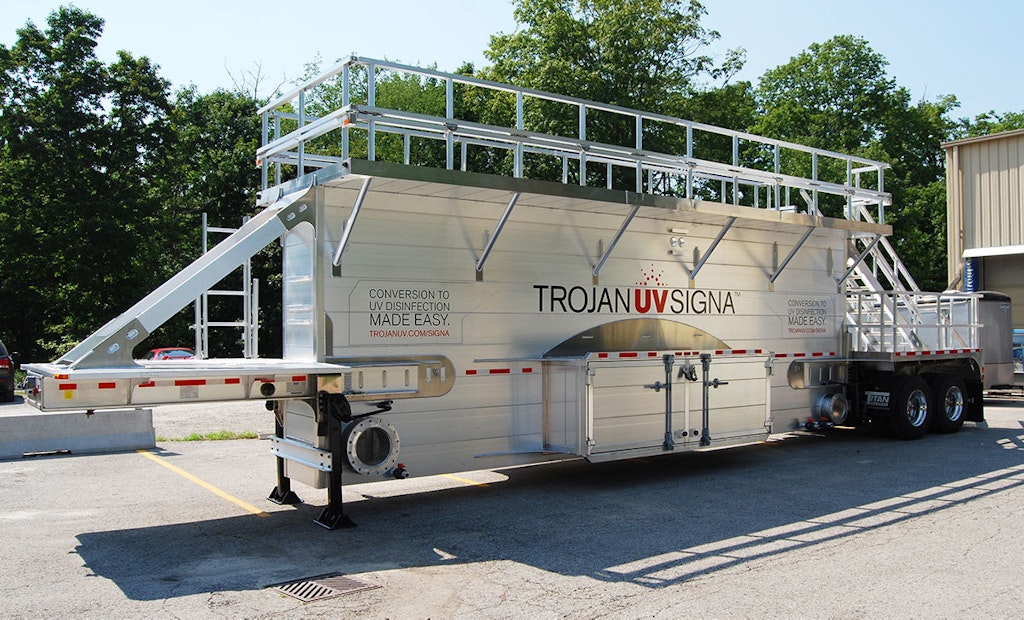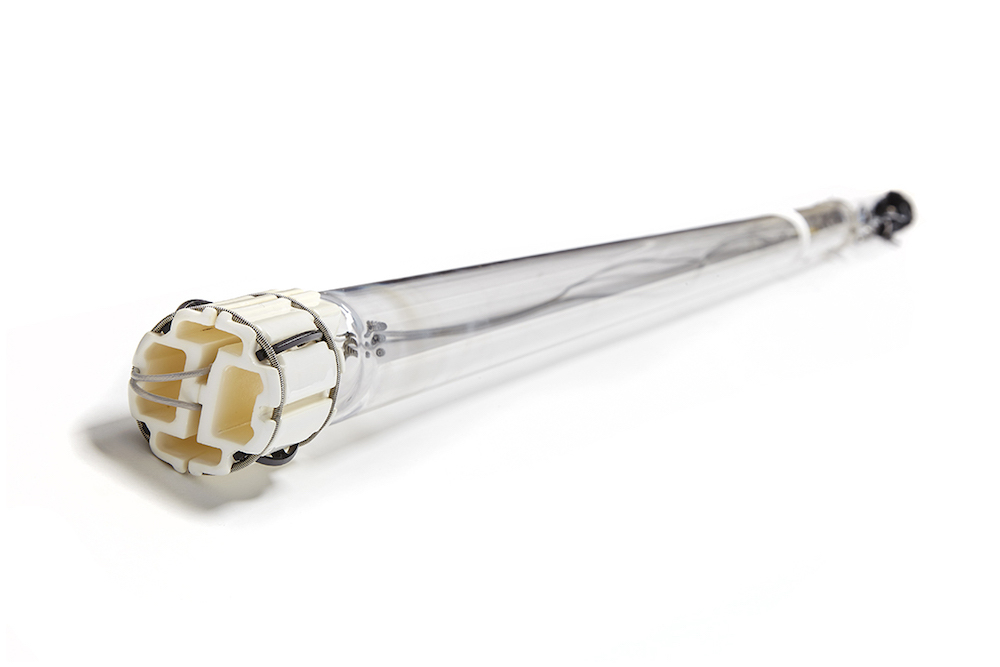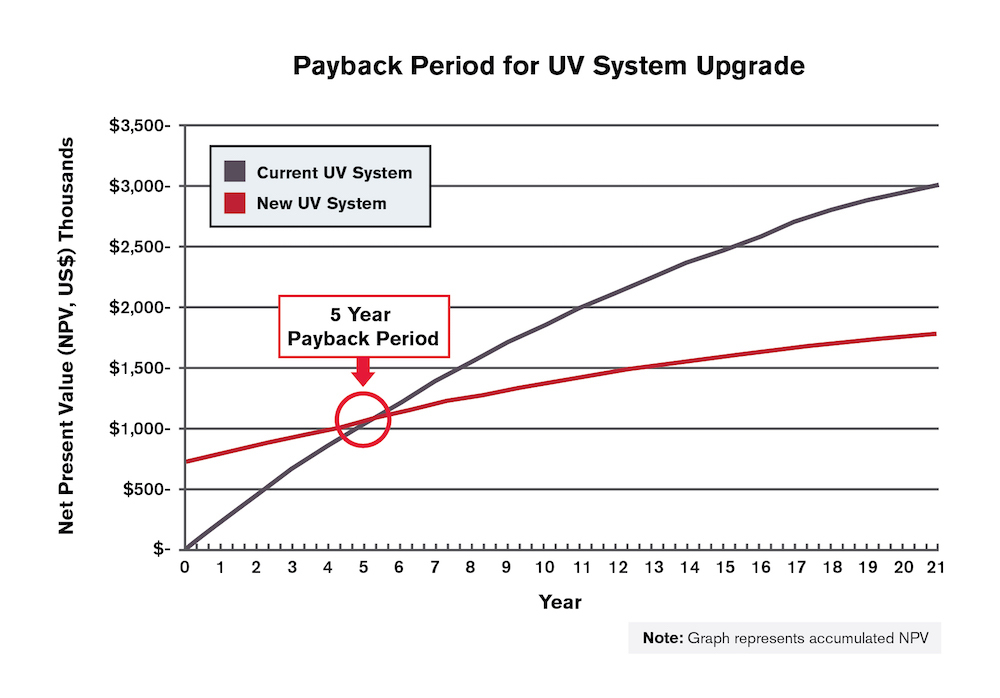Interested in Disinfection?
Get Disinfection articles, news and videos right in your inbox! Sign up now.
Disinfection + Get AlertsOver the last several years, TrojanUV has helped numerous municipalities upgrade their UV system by updating it with newer components or by replacing their entire system. In many situations the drivers and timing for these decisions are obvious, such as WWTP expansion needs or an aging UV system. But even when the drivers are apparent, municipalities can still face obstacles when working through their UV project. Here are answers to some frequently asked questions.
I’ve heard that a significant benefit with newer UV technologies is the reduced power consumption and electrical cost savings. Is it compelling enough to justify a replacement project?
Newer lamp and driver (ballast) technologies combined with smart reactor design work together to reduce the amount of energy needed to achieve disinfection compared to older UV systems. So yes, power savings are often the key driver to justify a UV system replacement. But it’s not the only one. There have also been advances in cleaning systems, monitoring and controls as well as significant reductions in labor needs thanks to reduced lamp counts and new features that make maintenance quicker and simpler.
How will I know if a new UV system will fit in my existing disinfection space?
In general, our newer UV systems have a smaller footprint and comparable (or lower) head loss vs. older generation systems. In many cases, we are able to accommodate a higher flow rate in the existing disinfection space and/or install the new UV system in a portion of the available footprint, leaving the existing channel(s) to be repurposed or used for water storage or bypass. A site-specific review and evaluation will be required to confirm and determine the best design and layout for a new UV system — but space should not be an issue.
I’m happy with my UV system, but the controller seems out of date. Is upgrading only my UV system controller an option?
Upgrading the UV system controller with a newer model is often a good option. Working with key component suppliers, we have designed new controllers with modern features such as larger, in-color digital screens and intuitive icons. They are designed to be backward compatible with existing models and forward compatible so when it’s time to replace the UV system, your newer controller should be ready to go. If this is an option you’d like to pursue or to budget for, please let us know and we will review what you have and what’s available as an upgrade.
Budgets are always an issue — if the UV system is still working, how can I justify spending money on a replacement?
It’s rare that we hear municipalities complaining that they have too much money and don’t know what to spend it on. We understand the realities of stressed OpEx budgets and the desire to delay elective projects in order to fund mission-critical repairs and improvements. However, municipalities have been surprised that the payback on a new UV system can be as low as three years in some cases. Every site is a bit unique, but thanks to the electrical efficiency gains, lower lamp count and reduced maintenance with newer UV systems the investment can be proven worthwhile. TrojanUV engineers, working with WWTP personnel or their consultants, can complete an evaluation and determine the payback period based on current UV system operating costs.
I don’t have a Capital Improvement Project coming up in the near future. How could I make a UV system replacement happen without one?
We have worked with municipalities who approached their UV system replacement several different ways. Some have pursued a conventional design, bid, build process. Others have funded a new UV system through a change-order, if a contractor was already on-site doing work. We’ve also worked with WWTPs who have phased in a new UV system by replacing the old equipment in sequence as funding allowed.
How would I disinfect the wastewater during the construction and installation of a new UV system?
Municipalities have addressed this need a few different ways. It may be possible to use a temporary liquid disinfection method such as chlorine or peracetic acid. Depending on the flow rate that must be disinfected, a portable UV system could be installed on a temporary basis to disinfect diverted flow while the UV channels are being worked on. In multichannel UV systems a good option is to sequence the installation, completing one channel at a time. This can also help smooth out the capital expense if the entire UV system replacement can’t be funded at one time.









